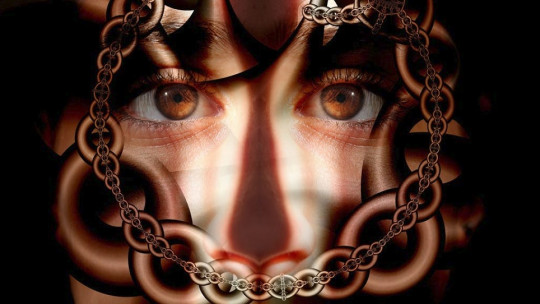
Many times, when a person suffers from a depressive episode or disorder, their cognitive functions are altered; Thus, it can reduce your ability to concentrate and your memory, for example.
When these alterations are of sufficient clinical severity, we are talking about a picture of depressive pseudodementia Let’s see what it consists of.
What is depressive pseudodementia?
Depressive pseudodementia consists of the presence of dementia symptoms that also include the mood disturbance typical of depression That is, the depressive condition is accompanied by severe cognitive impairment extensive enough to resemble or simulate dementia.
It is true that pseudodementia It does not only appear in depression, but it can appear in other functional psychopathological conditions. However, the most common is depression.
Symptoms
We will see the characteristics (in addition to the depressive ones) in more detail in the differential diagnosis section; However, the most important are: decreased ability to concentrate, difficulty remembering certain events (immediate and short-term memory impairment, for example), attention difficulties, etc.
Causes
Depressive pseudodementia appears as a result of depression; many times the patient is suffering a state so negative and apathetic that cognitive functioning is impaired His psyche is so immersed in this state, as if there was no room for anything else. That is, it would be what we commonly call “not having a head for anything.”
It should be noted that different longitudinal studies (Kral, 1983) have shown how many of the cases treated as depressive pseudodementia have subsequently evolved into a picture of real dementia while other cases initially diagnosed as dementia have subsequently changed the diagnosis to depression.
Various explanatory theories have been proposed for this; One of them is that there is a continuum between depression, cognitive impairment and dementia in subjects with Alzheimer’s. Another is that it may be that some of those patients diagnosed with depressive pseudodementia could have already manifested Alzheimer’s disease in the early stages.
Differential diagnosis: depressive pseudodementia and Alzheimer’s
In clinical practice, It is easy to confuse the symptoms of dementia with those of depressive pseudodementia Therefore, it is important to analyze the differences between one and the other.
We are going to analyze the differential diagnosis of the most common dementia, Alzheimer’s, with respect to depressive pseudodementia.
Alzheimer’s dementia: characteristics
The onset of this type of dementia is poorly defined, and its onset is slow. The deterioration is progressive and there is no awareness of the disease Generally the patient does not recognize the limitations and they do not usually affect them. They show labile or inappropriate humor.
The attention is deficient. Short-term memory (STM) is always affected; In long-term memory (LTM), memory failure is progressive. Regarding language, they usually present anomie.
The behavior is consistent with the deficit, and is usually compensatory. Social deterioration is slow. The symptoms are also consistent, with nocturnal aggravation, global impact on performance and imprecise complaints (which are less than those objectified).
In medical tests these patients cooperate, and these give them little anxiety. The results are usually constant. The responses shown by the patient are usually evasive, erroneous, conniving or perseverant The successes stand out.
Regarding the response to treatment with antidepressants, the treatment does not reduce cognitive symptoms (it only improves depressive symptoms).
Depressive pseudodementia: characteristics
Let’s now look at the differences between Alzheimer’s and depressive pseudodementia. In depressive pseudodementia, all of the above characteristics vary. So, its beginning is well defined and its onset is rapid The evolution is uneven.
Patients have a marked awareness of their illness, and adequately recognize and perceive their limitations. These are bad experiences. His humor is usually sad and flat.
Attention is preserved MCP is sometimes decreased, and MLP is often inexplicably altered. There are no alterations in the language.
Their behavior is not consistent with the deficit, and this is usually one of abandonment. Social deterioration appears early.
Symptoms are exaggerated by the patient (more complaints appear than those objectified), and the complaints are specific. Furthermore, patients respond to medical tests with little cooperation, and their success is variable. These cause anxiety. The responses they usually show are global and disinterested (like “I don’t know”). The failures stand out.
Treatment with antidepressants improves mood, and consequently cognitive symptoms also improve, unlike dementia, where cognitive symptoms do not improve with antidepressants.
Treatment
ANDThe treatment of depressive pseudodementia should focus on the treatment of the depression itself, since by improving this, cognitive symptoms improve. Thus, the most complete treatment will be a cognitive behavioral (or solely behavioral) treatment combined with pharmacological treatment.
Behavioral therapy is also indicated, as well as interpersonal therapy or third generation therapies (for example, Mindfulness).
Yoga or sports also tend to produce beneficial effects in reducing anxiety symptoms, which are often associated with depression. In addition, they help reduce stress, reduce rumination and sleep better.








